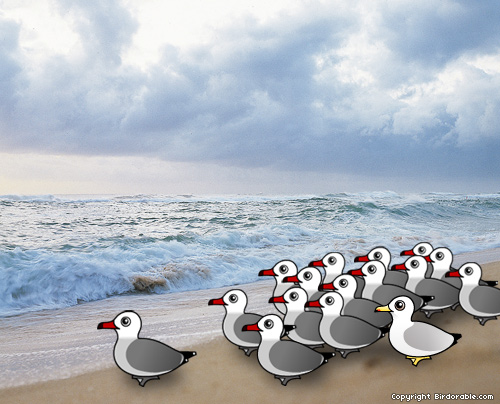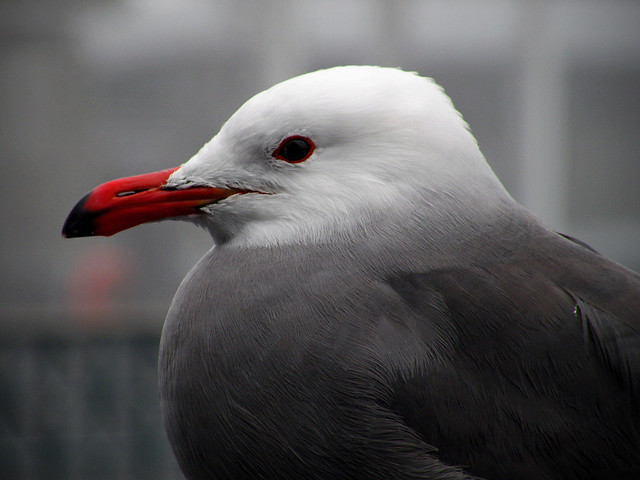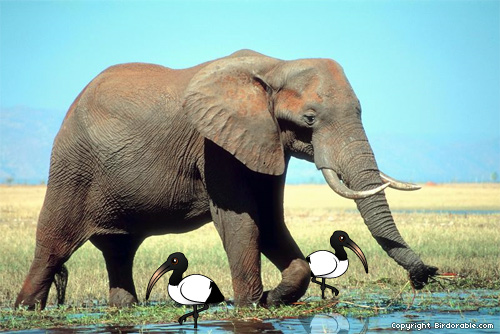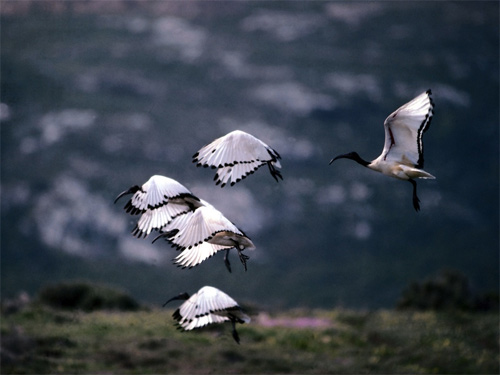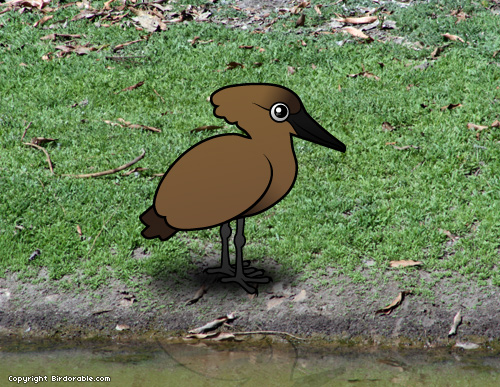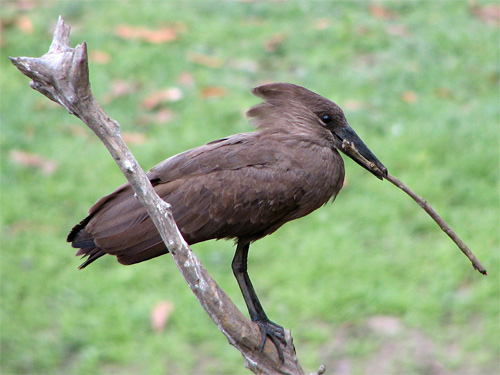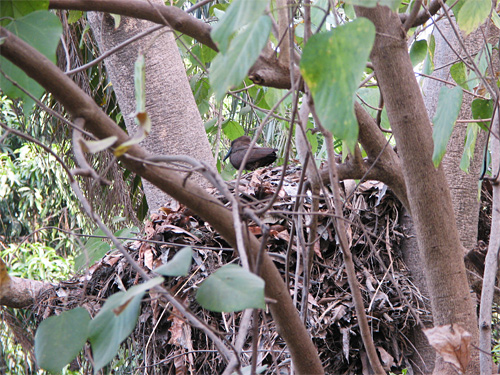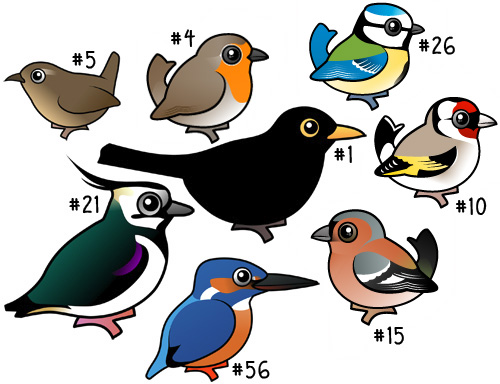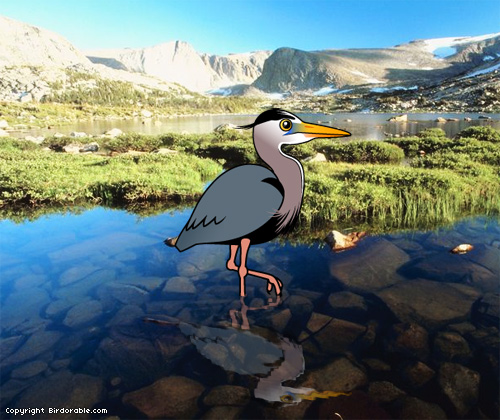
The Great Blue Heron is our 227th cute Birdorable and the answer to yesterday's Spot the Birdorable. If you live in North America you've probably seen these around near water as they are quite common. It has several nicknames, including Big Cranky, Blue Crane, Long John and Poor Joe. Did you know that all Herons have two or more patches of powder-down feathers on their breasts? The feathers break up into a fine power when crushed. The birds apply this powder to areas of blood, mud or slime to absorb the mess. Once it has clumped up they can just scrape it off with their feet. They also sprinkle the powder on fish that they just caught to more easily clean off the slime and oil before eating it.
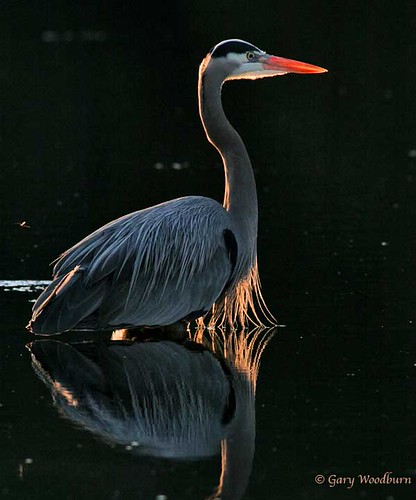
If you like this bird see our other egrets and waders. We've also added the grey equivalent of this bird: the Grey Heron, which can be found across temperate Europe, Asia and parts of Africa.









